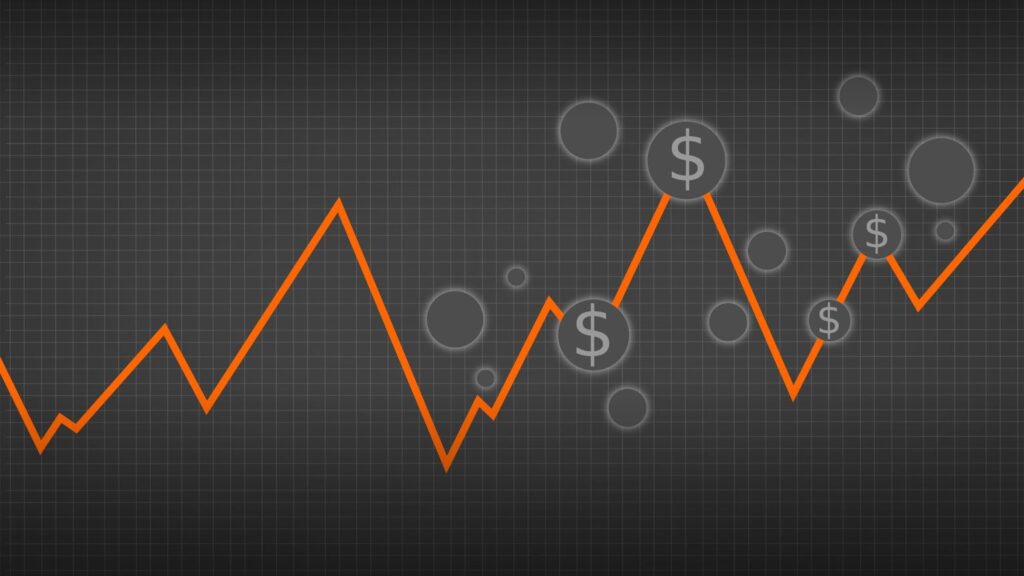What is the future of binary trading?

What Is the Future of Binary Trading? Trends, Technologies, and Predictions
Introduction
- What Is the Future of Binary Trading? Trends, Technologies, and Predictions
- Introduction
- 1. Understanding Binary Trading: A Quick Overview
- 2. The Current State of Binary Trading
- 3. Technological Innovations Reshaping Binary Trading
- 4. Regulatory Landscape: Balancing Innovation and Protection
- 5. Emerging Markets and Demographics
- 6. Risks and Challenges Ahead
- 7. The Road Ahead: Predictions for 2030
- Conclusion
Binary trading, a financial strategy where traders predict short-term price movements of assets like stocks, currencies, or commodities, has long been a polarizing topic. While some praise its simplicity and potential for quick returns, critics highlight its risks and regulatory controversies. As markets evolve, the future of binary trading is poised to transform dramatically. This article explores emerging trends, technological innovations, regulatory shifts, and market dynamics shaping the trajectory of binary trading—ensuring you stay informed in this fast-paced landscape.
1. Understanding Binary Trading: A Quick Overview
Binary trading, or binary options trading, involves speculating whether an asset’s price will rise (a “call” option) or fall (a “put” option) within a predetermined timeframe, often as short as 60 seconds. Unlike traditional trading, profits or losses are fixed, making outcomes clear-cut. However, this simplicity comes with high risk due to market volatility and the speculative nature of short-term predictions.
Despite its challenges, binary trading attracts millions globally, particularly in regions with lenient regulations. Platforms offering these services often emphasize:
- User-friendly interfaces.
- Mobile accessibility.
- Catering to both novice and experienced traders.
2. The Current State of Binary Trading
Today, binary trading operates under intense scrutiny. Key developments include:
- Regulatory actions: Bodies like the European Securities and Markets Authority (ESMA) and the U.S. Securities and Exchange Commission (SEC) have imposed strict rules, including outright bans in the EU and heavy restrictions in the U.S. due to fraud and investor protection concerns.
- Regional activity: Markets in Asia, Africa, and Latin America remain active, driven by demand for accessible investment avenues.
- Reputation challenges: While legitimate platforms exist, scams and unregulated brokers continue to tarnish its image, prompting calls for tighter oversight.
3. Technological Innovations Reshaping Binary Trading
The future of binary trading hinges on technology. Here’s how innovations are revolutionizing the space:
- Artificial Intelligence (AI) and Machine Learning:
- AI-powered algorithms analyze vast datasets to predict price trends.
- Tools like sentiment analysis scan news and social media to gauge market mood.
- Automated trading bots execute trades at lightning speed, reducing emotional bias.
- Blockchain and Decentralized Finance (DeFi):
- Blockchain introduces transparency and security, addressing fraud concerns.
- Decentralized platforms enable peer-to-peer trading without intermediaries.
- Smart contracts automate payouts, ensuring fairness and compliance.
- Mobile-First Trading Platforms:
- APK-based apps and mobile optimization support on-the-go trading.
- Features include real-time notifications, one-tap trading, and enhanced UX designs.
- Social Trading Integration:
- Platforms let users mimic trades from experts via “copy trading.”
- Lowers entry barriers for beginners and fosters community-driven strategies.
4. Regulatory Landscape: Balancing Innovation and Protection
Regulation remains the biggest wildcard in binary trading’s future. Key developments include:
- Stricter Compliance Requirements:
- Mandates for clearer risk disclosures, leverage limits, and anti-fraud measures.
- Global Harmonization:
- Cross-border collaboration to standardize rules and reduce jurisdictional loopholes.
- Licensing of Platforms:
- Authorities may require certifications to ensure pricing and operational transparency.
While tighter regulations may shrink unregulated markets, they could also legitimize the industry, attracting cautious investors.
5. Emerging Markets and Demographics
Binary trading’s growth will likely pivot to developing economies. Success hinges on:
- Financial Literacy Initiatives: Educating users about risks and strategies.
- Localized Platforms: Offering multilingual support and region-specific assets (e.g., cryptocurrencies in inflation-prone regions).
- Partnerships with Fintech Firms: Integrating binary options into micro-investment apps and broader ecosystems.
6. Risks and Challenges Ahead
Despite advancements, binary trading faces hurdles:
- Volatility and Uncertainty: Geopolitical events or economic crashes disrupt even advanced AI predictions.
- Ethical Concerns: Questions about promoting speculative behavior among vulnerable groups.
- Security Threats: Cybersecurity risks like data breaches demand robust encryption and fraud detection.
7. The Road Ahead: Predictions for 2030
By the next decade, binary trading could evolve into a more sophisticated, regulated, and ethical industry. Key predictions include:
- Hybrid Models: Combining binary options with traditional investing tools for diversified portfolios.
- AI-Driven Personalization: Platforms offering tailored strategies based on user risk profiles.
- Green Trading: Incorporating ESG (Environmental, Social, Governance) metrics into asset selection.
Conclusion
The future of binary trading is a blend of opportunity and caution. While technology promises efficiency and accessibility, regulatory and ethical frameworks must keep pace to ensure fair practices. For traders, staying informed, prioritizing risk management, and choosing regulated platforms will be critical. As the industry matures, binary trading could shed its controversial past and emerge as a legitimate, innovative component of global finance.
Leave a Reply

Related content